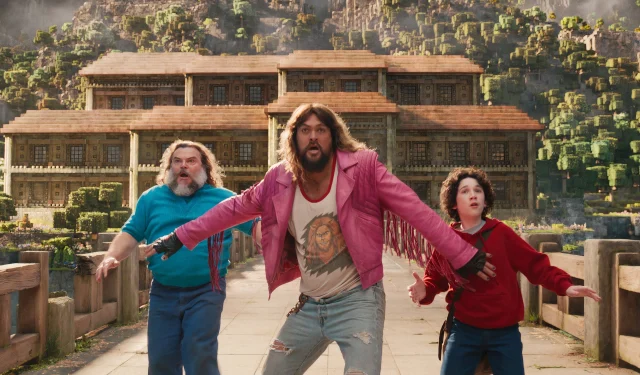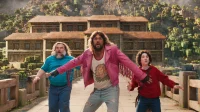Successful video game adaptations often share a mix of adventure, heart, humor, and well-developed characters. Films like Jumanji and Dungeons & Dragons: Honor Among Thieves exemplify this. Unfortunately, A Minecraft Movie fails to deliver these essential elements, offering only a semblance of adventure. It appears targeted primarily at a younger audience, yet even children seem disengaged, as the humor and character interactions do not resonate.
The original Minecraft game lacks a robust narrative framework, creating an opportunity for filmmakers to explore its expansive world and craft a story filled with engaging characters. However, under the direction of Jared Hess and the collective efforts of screenwriters Chris Bowman, Hubbel Palmer, Neil Widener, Gavin James, and Chris Galletta, the film presents a superficial storyline that ultimately disappoints.
Much of the exposition is relayed by Jack Black’s character, Steve, who leaves his unfulfilling corporate job to pursue mining. After discovering an orb that transports him to the Overworld—a cubic realm where creativity knows no bounds—he must unite with a diverse group of allies, including Garrett “The Garbage Man” Garrison (Jason Momoa), realtor Dawn (Danielle Brooks), and orphaned siblings Henry (Sebastian Hansen) and Natalie (Emma Myers) to thwart the villainous Malgosha (Rachel House), who threatens to annihilate the Overworld.
Character Depth in A Minecraft Movie
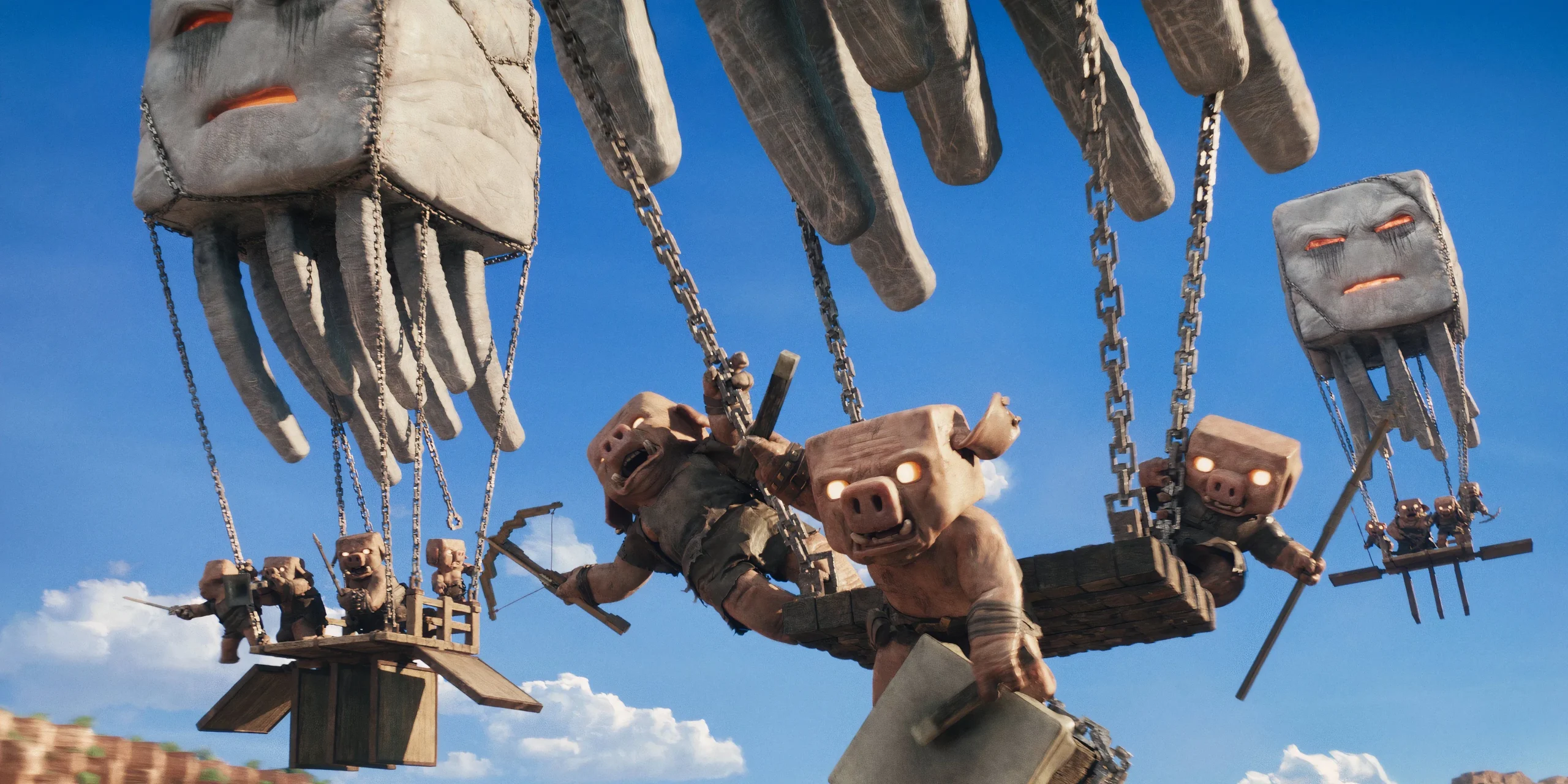
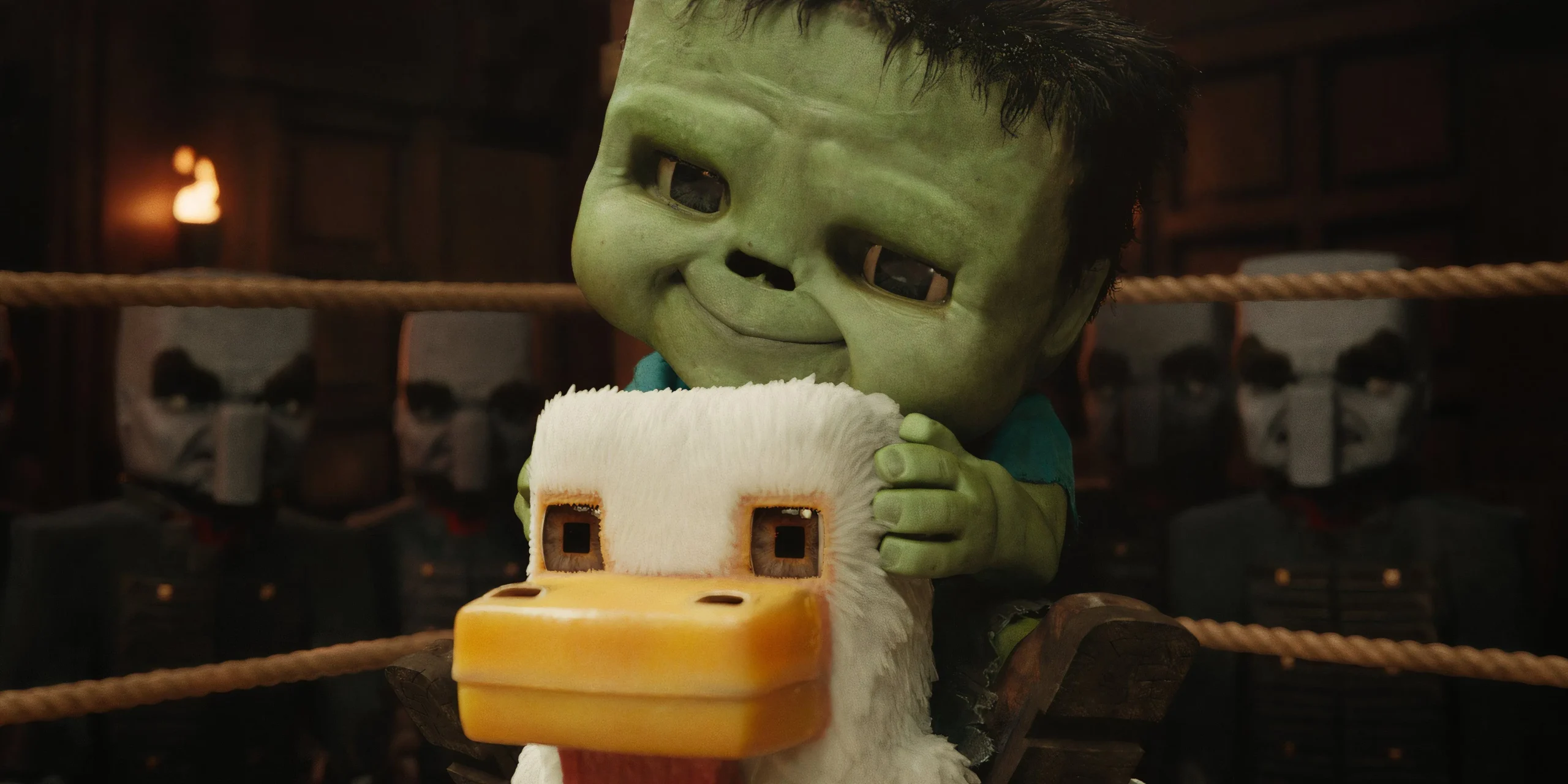
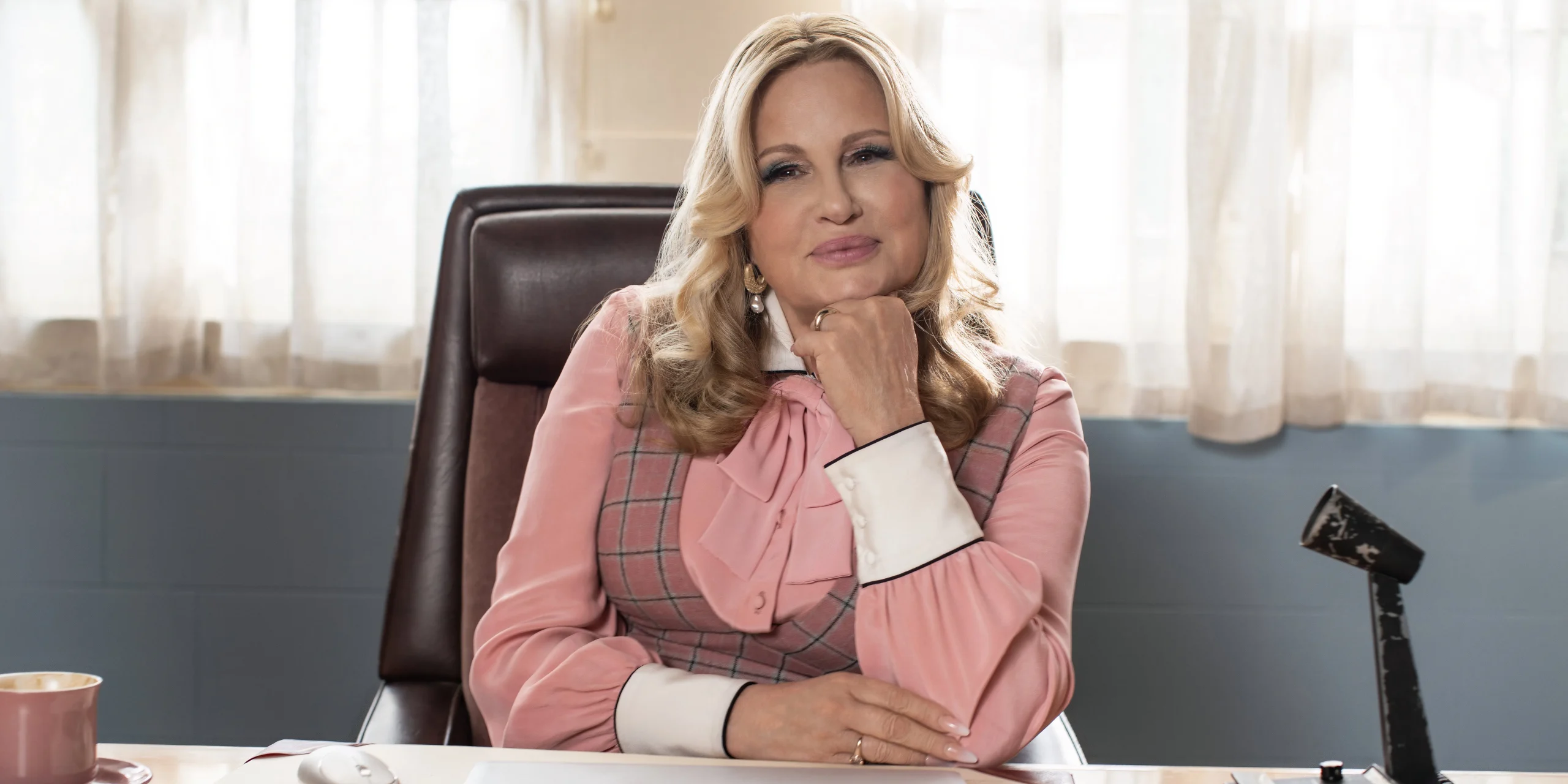
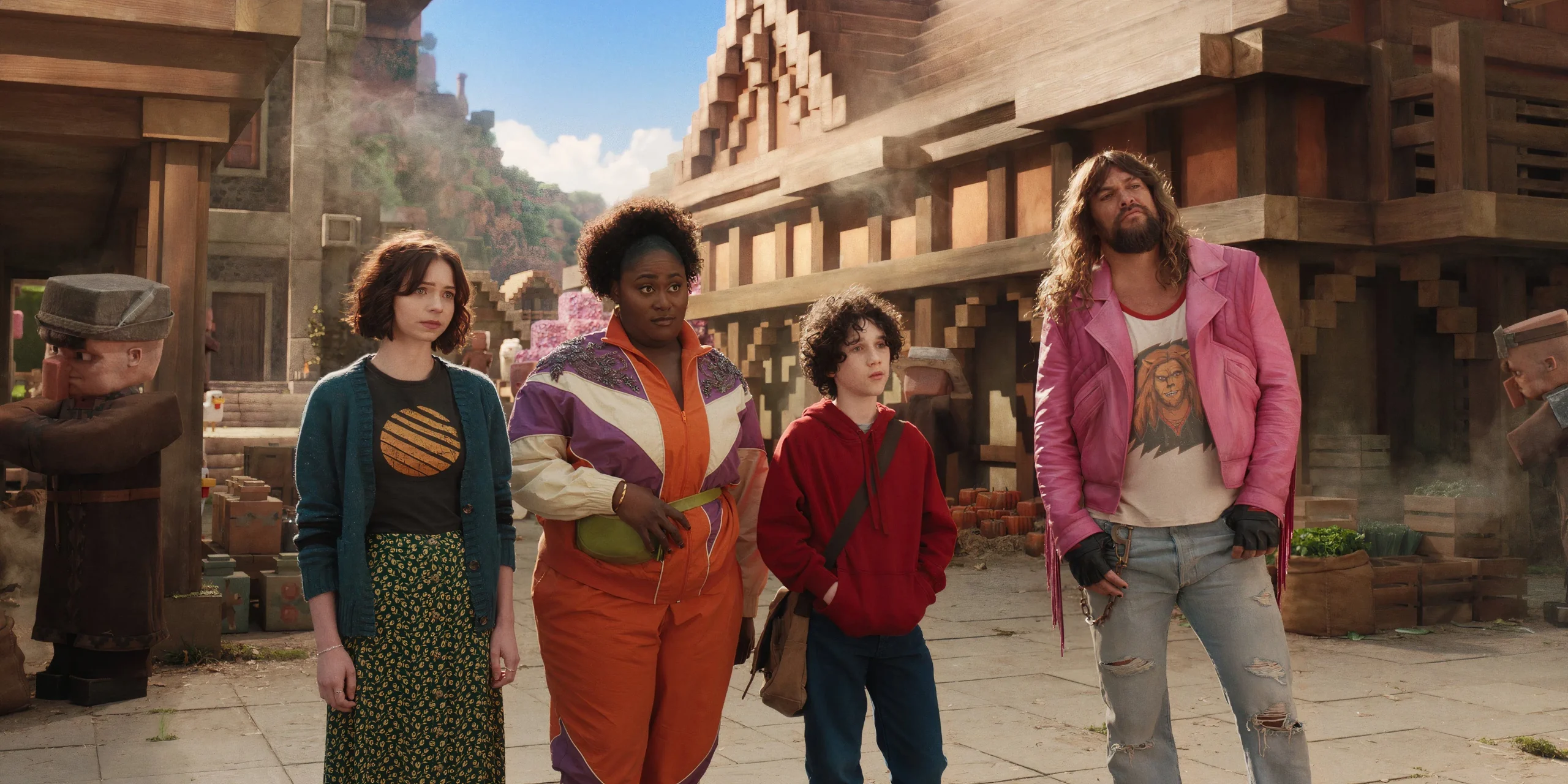
The attempted camaraderie between Momoa’s character and Black’s portrayal of Steve misses the mark, offering little to engage the audience. Moments meant to deepen character relationships often come off as either awkwardly forced or entirely superficial. This lack of depth transforms what should be heartfelt interactions into missed opportunities, making it hard for viewers to invest emotionally in the characters’ journeys.
While the film touches upon themes of creativity and the constraints imposed by reality, these ideas are only superficial and poorly developed. The dialogue, when addressing these themes, feels overly simplistic and significant moments lack emotional resonance. Though fleeting enjoyable moments do exist, the overall film fails to embody the essential warmth and depth that should accompany meaningful storytelling.
Furthermore, the humor is largely absent, with not a single genuinely funny moment emerging from the script—a stark contrast to Black’s typical comedic charm. The film leans into the pitfalls of many Hollywood adaptations, presenting a mismatched assortment of forced humor and a weak emotional core. With a more profound narrative and authentic comedic elements, A Minecraft Movie could have achieved more than mere mediocrity, instead becoming more of a tedious obligation than an enjoyable experience.
The Overworld & Malgosha: Highlights of the Film
Despite its shortcomings, the film shines during its depiction of the Overworld, celebrating its vibrant energy and limitless creativity in contrast to the darker themes present in the Nether. The backstory of the antagonist Malgosha reveals a touch of humor but also sadness, aligning with the overarching theme of creative self-expression. Rachel House delivers an enthusiastic performance, infusing the character with life and invigorating the otherwise lackluster narrative. Her robust presence elevates the film during her scenes, particularly highlighted by her final moments with Black’s character, which stands out as one of the few compelling interactions.
Sadly, the rest of the movie struggles to maintain this enthusiasm, devolving into a sequence of monotonous encounters. Even Jennifer Coolidge’s Vice Principal Marlene, though always a treat to watch, is associated with a subplot that feels disjointed from the main narrative. While A Minecraft Movie is designed for a younger audience, it misses an opportunity to show more respect for its viewers. Given its vast potential, the final product ultimately feels underwhelming—too insubstantial for serious consideration.
